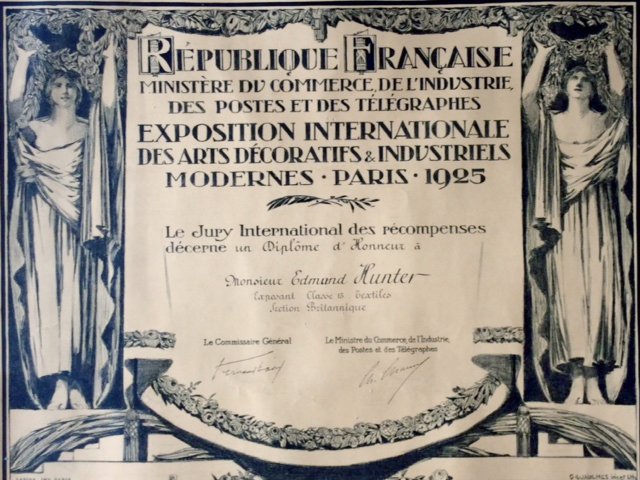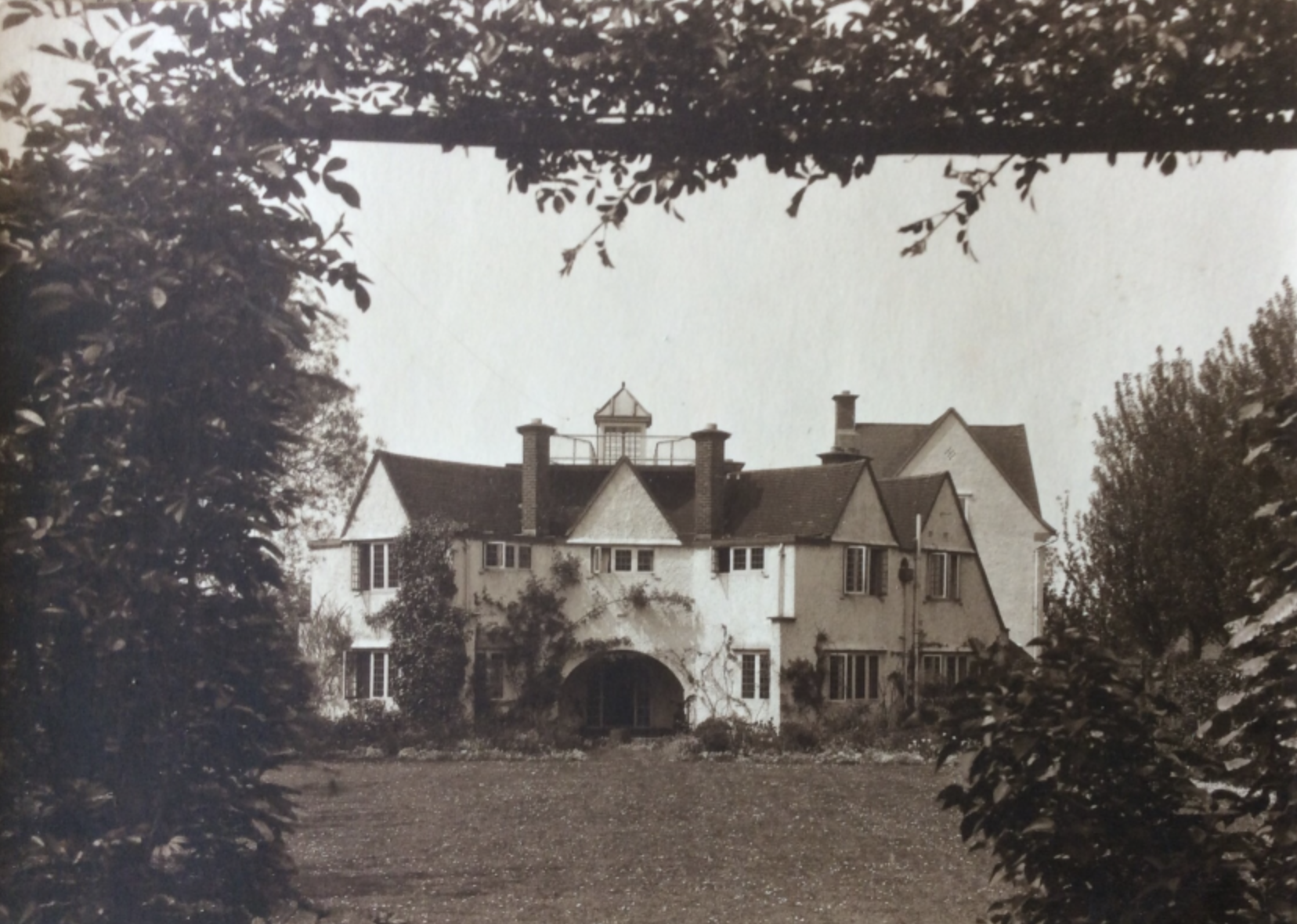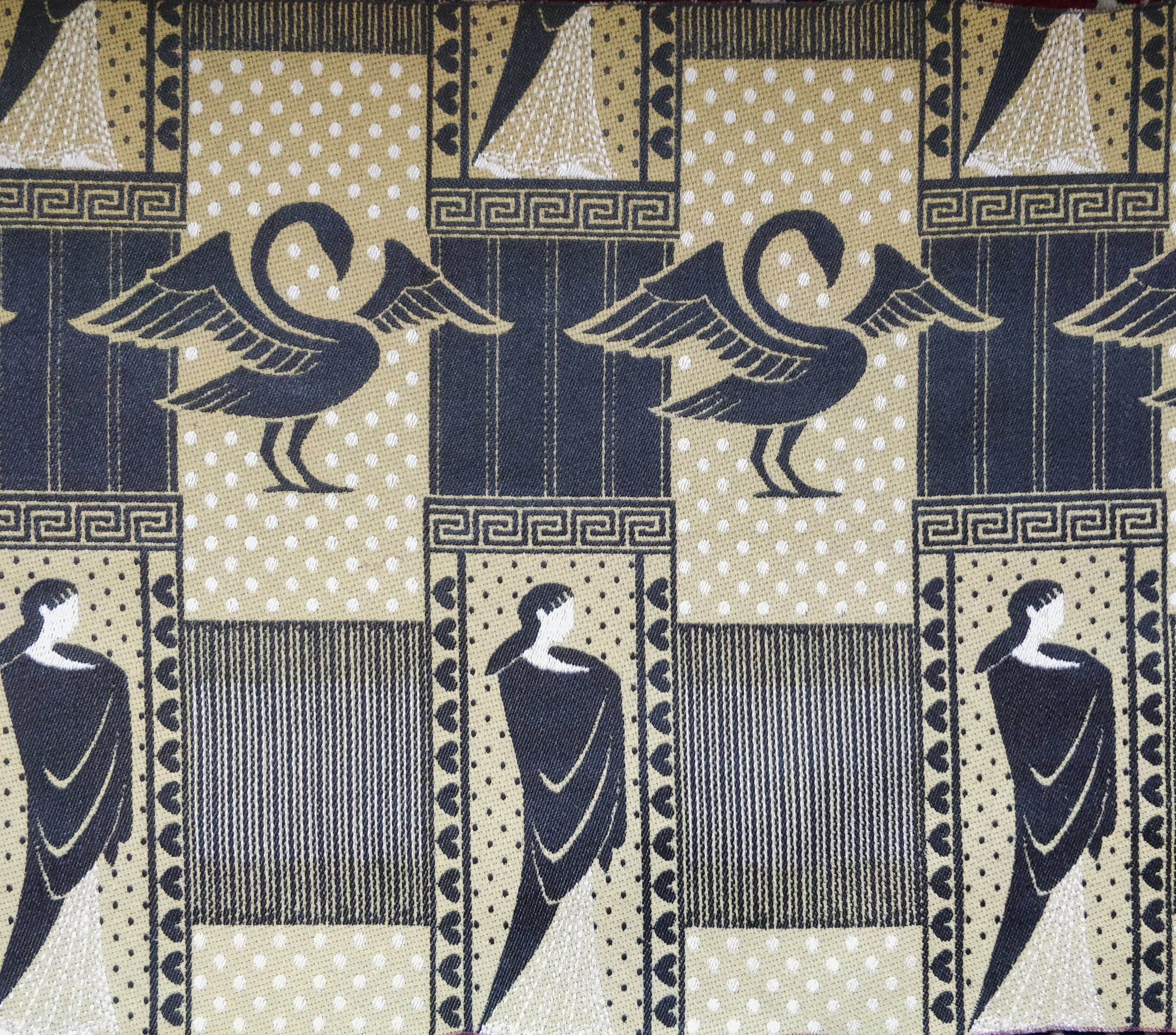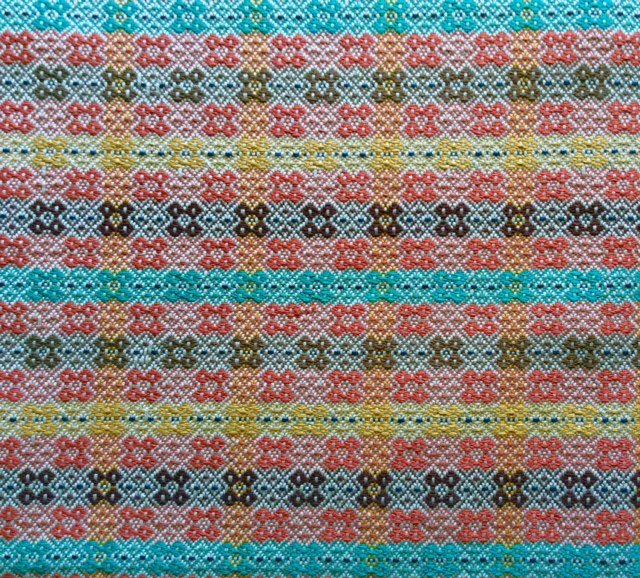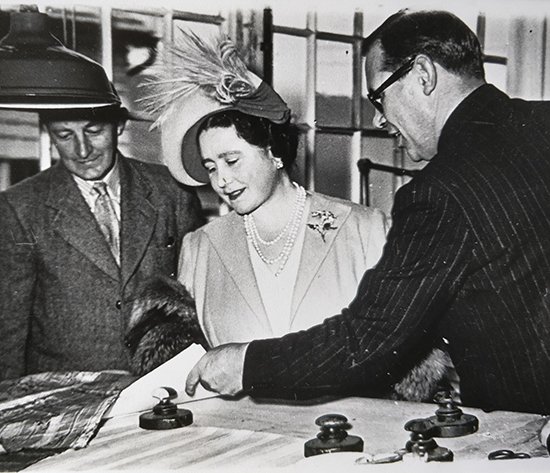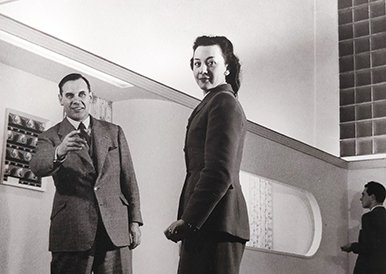It was in these 'artistic circles' in West London that Dorothea met and became a close friend of her distant cousin, the poet W.B. Yeats. They shared an ancestry in the 'half legendary' Butlers of Ireland and would no doubt have talked much of Old Ireland, its folklore and legends. Edmund and Dorothea collaborated with Yeats in his Celtic Mystical Order where they explored the world of theosophy and Celtic mysticism. And Yeats recruited first Dorothea then Edmund into the esoteric realm of The Order of the Golden Dawn. The cast of flamboyant characters in the circle at the time included the actress Florence Farr Emery, a good friend of Dorothea's, Madam Blavatsky, Aleister Crowley, McGregar Mathers and Annie Besant.
Into this world, Edmund brought his talents as a versatile artist giving creative and artistic expression to the Order and its themes and ceremonies.
The leading Yeats scholar Prof. Warwick Gould (1992) has written “ If there is such a thing as Golden Dawn art, then Edmund Hunter is its greatest representative”
Grail Legends 1896 - WB Yeats ‘ The Speckled Bird ’
The novel ‘ The Speckled Bird ‘ ( 1896) is Yeats's fictitious cover for both the Golden Dawn and the Celtic Mystical Order. Its cast of characters was modelled on people he knew in the circle. The central character is Michael Hearne based on himself. He is a man who wants to create a spiritual order guided by Grail legends. He searches for a craftsman who might interpret these ambitions in symbolic art and beauty. Prof Gould has written that Yeats used Edmund as ‘Holland’. ‘Holland’ a young artist found sketching by the Thames has a “passion for symbolism” and goes on to design.... “ an elaborate altar, on which he was ( to ) enamel patterns of the Grail, and to sketch out the designs of a forest ( and of ) the strange hieroglyphic animals and birds wandering over the grass and among the leaves, designs that were to be painted upon canvas and someday changed into embroidery”. Gould goes further, “ Holland was to bring the religion of art to the spiritual elect….”
Perhaps Edmund had entered into the mind of the great poet ? What is clear is the Grail, enchanted woods, rich in foliage and strange animals echoed much of Edmund’s early work of which his The Path design is a good example. It featured in the 1917 issue of The Studio Yearbook of Decorative Art.
A unique design genre emerges
All these vibrant, eclectic and theosophical themes had started to play a part in forming Edmund's design outlook. Whilst a High Church Anglican, he was also energetic and creative, interested in new forms and ideas. Originally somewhat constrained in the manner of Pugin and the gothic revival, his style loosened and expanded into an original synthesis combining animals, birds, plants, trees and symbols. Strange forms appear their origin in Egyptology, astrology and Celtic mysticism. His ecclesiastical designs drew from early Christian and medieval iconography. Above all Edmund became a master of allegory; animal forms his actors.
Add Edmund’s sense of whimsy and lightheartedness and his designs often became an enchanted world full of fun and playfulness. His later children’s illustrations found his humour centre stage. Animals, juxtapose amongst themselves in comical situations, sometimes with humans, the protagonists with quizzical expressions on their faces. Sometimes, the animal forms inhabit their own world, separate to the human, representing something gentler and purer, unpoisoned by human frailty and greed.
By the late 1890s Edmund had been working as a freelance artist but was growing increasingly determined to translate his new designs into his own textile production. He had long been frustrated in the separation of designer and manufacturer where design essence and detail was frequently lost. But it had become something more than that. Edmund despaired of the plight of unemployed English silk weavers and the decimation of their ancient industry by imported silks facilitated by the Cobden Free Trade Treaty of 1860. He lobbied the influential politican Joseph Chamberlain, then on his crusade for tariff reform. With his own works, Edmund could employ some of these skilled weavers who could transpose into fabric his designs with the depth and subtlety he insisted upon. It was for Edmund, these noble traditions that represented the root, beauty and truth of the human spirit.
Now settled with a young family, fate would have it, that Edmund and Dorothea could now realise their dreams.


